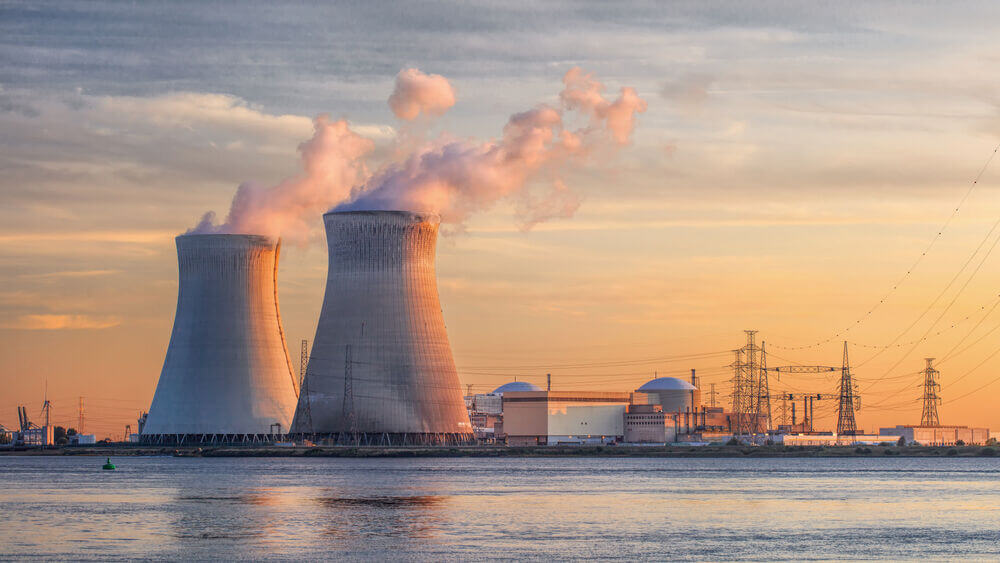In the rush to replace fossil fuels with renewable alternative energy sources, what is being lost is public discussion and participation. The investment being made now in renewables, like wind and solar power, will be dwarfed soon by massive infusions of dollars, many of them tax dollars, as the federal and state government push ahead with plans for utility scale wind farms all along the New Jersey coast. The longer the coastline a state has, the more turbines it is going to get.
The question is what concrete plan underlies the investment? If it exists, the public has not seen it. If it does not exist, what are we doing?
We now have goals for 2035, 2050, and 2100 in terms of the replacement of fossil fuel consumption with renewables. Are they realistic? In broad strokes, we are on a mission to electrify our lives and our economy so that electricity generated from renewable energy sources can replace the current dependence on oil and natural gas.
This is a transition of huge proportions. It must occur within the context of individual homes, large-scale industry and even at the level of geopolitics. It will matter a great deal how our world allies and foes act to address the same climate-related challenges.
What is missing is that no one is offering the public a view into an attainable future. We are running as fast as possible into renewable energy with the promise that technology barriers that pose real concerns will be scaled.
Missing in the discussion is nuclear power. There was a time when nuclear power was seen as the future of energy in America. Investment flowed almost as easily, but without the same level of panic over imminent doom, as it now flows into renewables.
Electricity generation from nuclear power plants began at the end of the 1950s. According to the U.S. Energy Information Administration, as recently as 2021 the country had 93 operational commercial nuclear reactors at 55 plants in 28 states. The peak was hit in 2012 when we had 104 operating nuclear reactors. From 1990 to 2021, nuclear powered plants provided a constant 20% of electricity generation in the country, limited largely by the fact that we stopped investing in the industry at the level that would have increased that overall percentage.
Since then, we are busy investing in renewables while simultaneously decommissioning nuclear plants. Since 1996, 25 years ago, only two new nuclear reactors have come online, both at existing power generation plants. The Nuclear Regulatory Commission tells us that, as of 2021, there were 23 shut down commercial nuclear reactors in 19 states in various stages of decommissioning.
Are we so certain that the gamble on renewables will payoff that we can continue to lower the presence of nuclear power in response to the need for replacing fossil fuels? On the basis of what evidence do we attain such certainty?
We are told that we are confronted by an existential crisis with climate change and rising sea levels. Faced with such a threat, do we just continue to build wind turbines? Ironically, we are attaching ourselves to a strategy that itself depends on renewable sources of energy that are intimately connected to climate change.
Nuclear power does not come without its challenges. Nuclear plants take longer to build and bring online. There are challenges involved in the handling of nuclear waste material. Uranium mining presents its problems. Safety concerns are real but not at the level of the public imagination.
One big criticism of nuclear has been cost. Those who argue for an almost complete reliance on renewables point to higher cost per megawatt hour for nuclear generated electricity compared with onshore wind or utility scale solar PV. Has the analysis been done in a way that compares apples and apples? Are we considering the full range of costs or just the cost of energy generation?
Has the analysis that serves as a foundation for the all-out commitment to renewables taken into account reliability, given that electricity’s major failing as an energy source is that it must be consumed when generated? Storage of electricity is a major technological hurdle no one discusses. It has not been shown to work for utility scale generation.
Some are arguing that for all the marketing hype about renewables, the industrial world, very much including the U.S., will continue to rely on fossil fuels as a major, if not the major, source of energy. When the wind does not blow and solar energy is constrained by dim sunlight often tied to normal seasonal changes, a solution is needed. It’s likely our moral arguments against fossil fuel use will be sacrificed. Again, where is nuclear power in this discussion?
The issue before us is why in the rush to renewables absent public discussion that fully lays out the costs and the options? We are confronting what may be the largest public investment this country has ever made. We face enormous risks if bad choices are made now. “Trust me” is not the position the federal or state governments can fall back on.
—————-
From the Bible: The plans of the diligent bring plenty, as surely as haste leads to poverty. Proverbs 21:5








